How to Raise a Reader
Your attitude about books and reading will directly influence your child’s beliefs
If you think reading books is fun and you make it fun, your child will think that, too. When reading with your child, be enthusiastic and make it one of the best times of the day.
Talk about what you read
Look at pictures and talk about them. Help your child understand that the print in the book tells the story. Children learn more when you talk about the story while reading together. You can explain new words, talk about the reason something happened, or ask questions about the story. Good readers make connections between what they read and what they already know. Make comments about how the story relates to your child’s life, if it does. Books are wonderful, but they are just the means. Children need adults — parents, caregivers, teachers — who talk with them while reading a book.
Children learn to read at different rates, but the more you read and talk with your child, the more easily your child will learn to read. As parents, you are very important to your child’s reading success.
Reading with babies
Reading with your baby is a valuable way to spend precious time together. Although your new baby will not understand the words you read, your voice and your cuddling are exactly what she needs. Begin sharing books with your baby as soon as you can safely hold the baby and the book at the same time. It is one of the most important things you can do to help your child learn language.
- Let your baby explore soft cloth, vinyl or board books. Babies learn by exploring with their mouths; sometimes early reading looks like chewing.
- Point to objects in the book and name them.
- Change your voice as you read aloud and make the sounds of the animals baby sees.
- Ask your baby questions about what’s happening on the page, such as, “Where is the duck?” Pause, point and answer for baby, “Oh, look, there’s the duck!”
- Respond to your baby’s interest. Imitate his responses.
- Improvise! You don’t need to read the words as they appear in the book. You can just talk about the pictures.
- Relax and have fun. It’s okay if your baby crawls or moves away, she will still hear and benefit from your voice.
What babies like in books
- Board books with photos of babies
- Books with bold, clear pictures of familiar items in baby’s world
- Books with rhythm and repetition
- Books with textures or touch and feel books
- Books with animal sounds
- Lullaby books
Reading with toddlers
- Read favorite stories again and again.
- Get your little one actively involved in telling the story.
- Ask questions that invite more than a yes or no answer; “What is this thing called?” “Oh, I wonder what she is doing?”
- Summarize the book if it has too many words, or just talk about the pictures. Most books for toddlers have no plot so it’s not necessary to read from cover to cover.
- Give your child access to books. Choosing what she would like to look at and learning to turn the pages is part of early literacy.
What toddlers like in books
- Small books to fit small hands
- Books with simple rhymes
- Books with familiar items: shoes, toys, pets
- Books with familiar routines: bedtime, bath time, meals
- Lift the flap books
- Books with very few words or with repeating words, books little ones can learn by heart
- Goodnight books for bedtime
Reading with preschoolers
- Let your child be involved in choosing books, and let her practice retelling the story in her own words.
- Talk about the pictures, characters and events in the story as you are reading.
- Encourage your child to use his imagination or to make predictions about what will happen in a story.
- Casually point out some of the letters in the book. “There is a ‘j.’ Your name starts with a ‘j,’ too.” At times, run your finger below the text as you read aloud.
- Choose some books with repetition and rhyme and read aloud with pauses to allow your child time to fill in the words.
What preschoolers like in books
- Books that tell stories
- Books that make them laugh
- Books with simple text they can memorize
- Books about kids that are like them, as well as books that introduce kids who are different from them.
- Books about going to school and about making friends.
- Books that have playful or rhyming language.
- Alphabet books, counting books and vocabulary books.
- Books about the real world: trucks, dinosaurs, insects.


